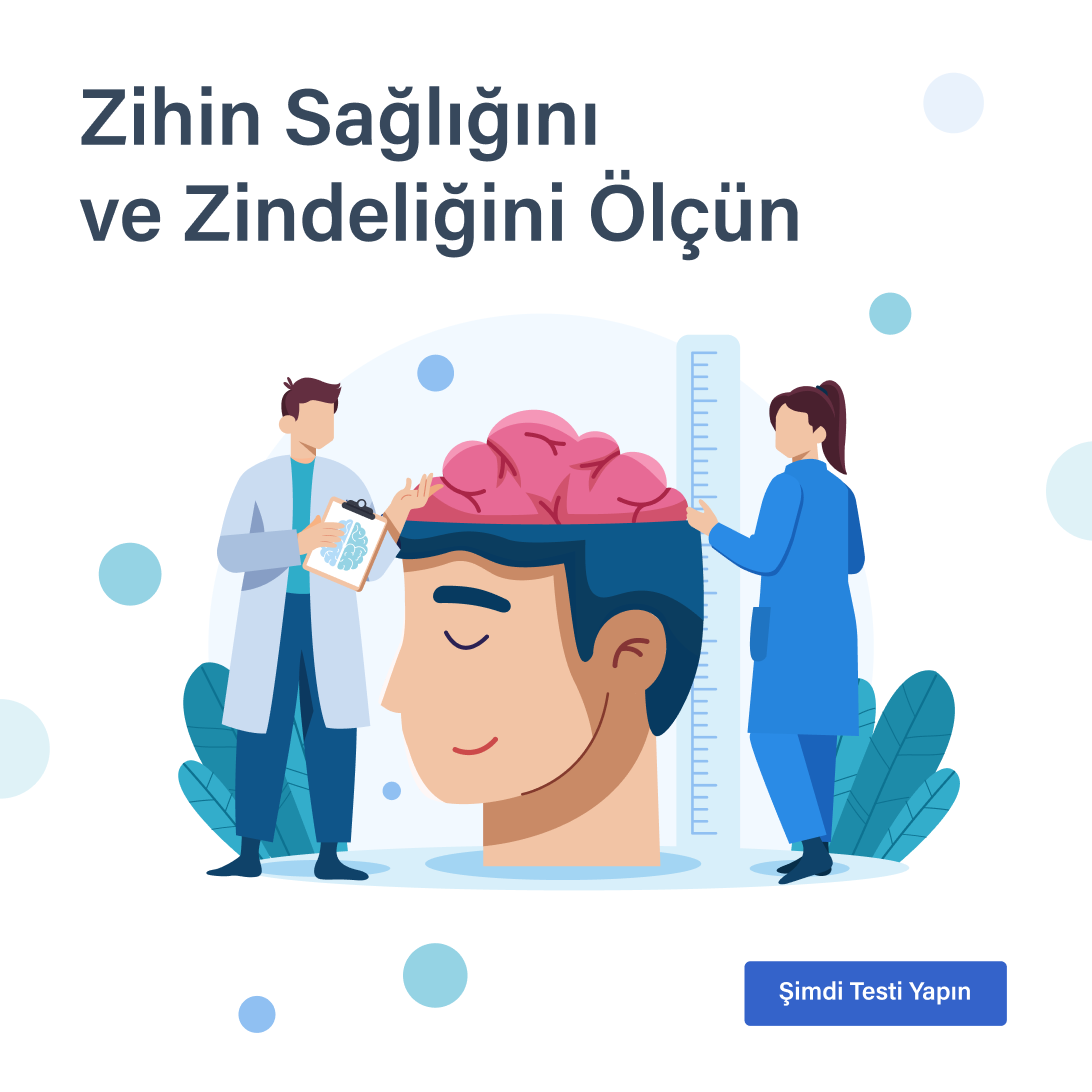LOSING AN EYE: ENUCLEATION AND PROSTHETIC EYE
FAQ In cases of severe eye injury, eye cancer or other serious disease of the eye, it may be impossible to save the eye and the eyeball must be surgically removed. The most common type of procedure to remove a badly damaged or diseased eye is called enucleation. Once the affected eye is surgically removed, the person undergoing the enucleation procedure typically is fitted with a custom-made prosthetic eye (also called an artificial eye, "glass eye" or ocular prosthesis). Although a prosthetic eye cannot restore vision, it can provide a more natural appearance. Modern prosthetic eyes are custom-made and matched in size and color to the remaining natural eye in such detail that it's often difficult for others to notice that a person is "wearing" a glass eye. A small plastic conformer that resembles half an almond shell is placed behind the eyelids to maintain their shape after surgery. Occasionally, a single stitch is placed in the eyelids to temporarily sew them together for a few days. The conformer serves as a placeholder for the artificial eye that is fitted several weeks later, after swelling has subsided and sufficient healing has taken place. It's common to have a headache the first day or two after surgery, but this typically can be managed with over-the-counter headache medicine, such as Tylenol, every six hours. Occasionally, a prescription pain medication may be required. Some patients may need medicine for nausea, which usually lasts only a day or two. A pressure patch will be applied immediately after enucleation surgery. Some surgeons allow the patch to be removed on the day after surgery and replaced daily by the patient while others may require the patch to be left in place for a few days. You may be given oral antibiotics and steroids to take until your follow-up visit four to six days later. At your first follow-up visit, your eye doctor will remove your patch and examine the surgical wound. If everything is healing properly, you will be given topical antibiotic drops or ointment to apply to the area several times daily for a couple of weeks.
ARE ALL GLASS EYES MADE OF GLASS ?
No. A prosthetic eye can be made of a number of materials that are compatible with the eye socket tissues. The most common material used to create a glass eye is an acrylic plastic polymer called polymethyl methacrylate (PMMA), which is used for a number of applications when a lightweight, shatter-resistant alternative to glass is desired. Also known as acrylic or acrylic glass, trade names for PMMA include Plexiglas, Acrylite and Lucite. Silicone polymers also are used to make artificial eyes.
CAN A PROSTHETIC EYE MOVE LIKE A NORMAL EYE ?
Movement of the artificial eye depends on the type of implant the surgeon selects when replacing the eye that is removed. Newer porous materials allow blood vessels to grow into the implant along with the surrounding ocular tissues and muscles. When the eye muscles are attached to these porous implants at the time of surgery, some of their movements are transferred to the overlying prosthetic eye which allows the prosthesis to move. In addition, "pegging the porous implant" by inserting a peg into the implant which connects with the back of the prosthesis can offer even more movement. In some cases, this allows people to track moving objects with an artificial eye in unison with their fellow, natural eye. The pupil size of a glass eye will not change with external lighting conditions; therefore, the pupils of the two eyes (one real and one artificial) won't always match perfectly. But a high-quality prosthesis combined with newer implants can create a very natural appearance. Additional cosmetic procedures on the eyelids and other structures surrounding the prosthetic eye also can enhance the final outcome. A pair of fashionable eyeglasses with impact-resistant lenses can virtually prevent most onlookers from noticing that a person is wearing a glass eye. Anyone who undergoes enucleation and wears a glass eye should purchase eyeglasses with impact-resistant polycarbonate lenses and wear these glasses at all times after surgery to protect his or her remaining natural eye. Even a seemingly harmless minor eye injury, like a mild corneal abrasion, can be a serious problem for a person with only one functioning eye, and even the best-fitting and properly worn contact lenses increase the risk of an eye infection that could have devastating consequences. Losing an eye, undergoing enucleation surgery, and being fitted with and wearing a glass eye can be an emotionally traumatic experience, requiring a significant psychological (as well as physical) healing period. For this reason, counseling and support groups can be a great help during a patient's recovery. With the help of a talented surgeon, the latest implant technology, a skilled ocularist, and caring support from family, friends and professionals, a person who has lost an eye can regain his or her appearance and feel very good about what lies ahead.
Bristol University Ophtalmology Section United Kingdom REFERENCES : All About Vision and AllAboutVision.com are registered trademarks of AAV Media, LLC. © 2000-2017 AAV Media, LLC. All About Vision is a Supporter National Sponsor of Optometry Giving Sight and we encourage our readers to support these humanitarian eye care organizations.




